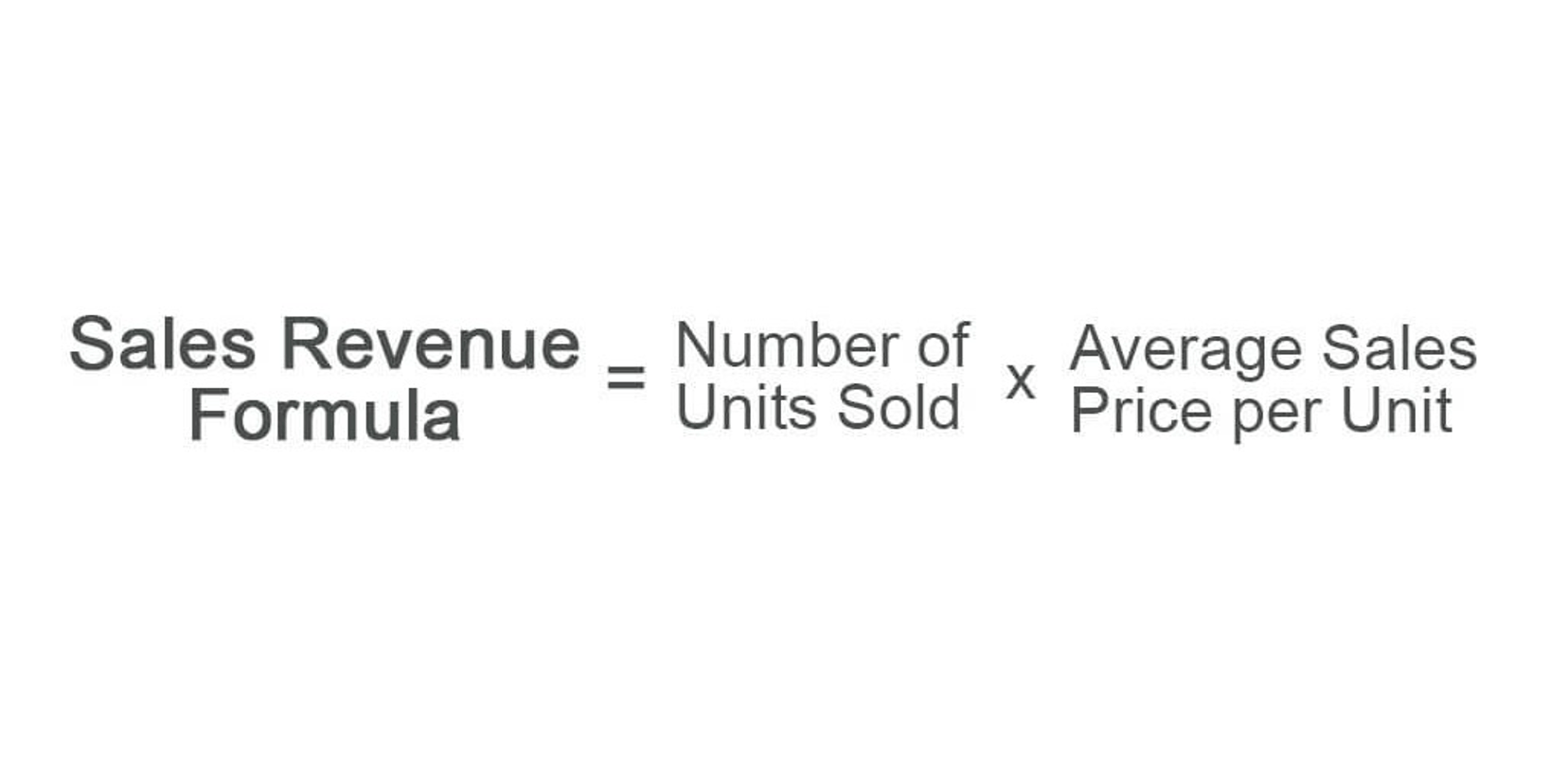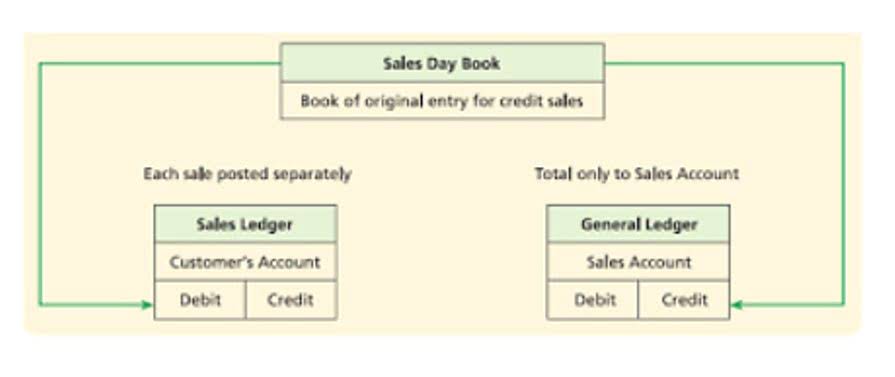FIFO vs LIFO: How to Pick an Inventory Valuation Method

It’s important to check industry standards in your jurisdiction to ensure your valuation method meets regulatory compliance. Higher inflation rates will increase the difference between the FIFO and LIFO methods since prices will change more rapidly. If inflation is high, products purchased in July may be significantly cheaper than products purchased in September. Under FIFO, we assume all of the July products are sold first, leaving a high-value remaining inventory. Under LIFO, September products are sold first even if July products are left over, leaving the remaining at a low value. The type of inventory that a business holds can influence its choice of FIFO or LIFO.

COGS Valuation
The costs of buying lamps for his inventory went up dramatically during the https://www.bookstime.com/ fall, as demonstrated under ‘price paid’ per lamp in November and December. So, Lee decides to use the LIFO method, which means he will use the price it cost him to buy lamps in December. Let’s say you’ve sold 15 items, and you have 10 new items in stock and 10 older items. You would multiply the first 10 by the cost of your newest goods, and the remaining 5 by the cost of your older items to calculate your Cost of Goods Sold using LIFO. As with FIFO, if the price to acquire the products in inventory fluctuates during the specific time period you are calculating COGS for, that has to be taken into account. To calculate the Cost of Goods Sold (COGS) using the LIFO method, determine the cost of your most recent inventory.

Vendor-Managed Inventory (VMI)
- Under LIFO, remaining inventory may not be a reflection of market value.
- For brands looking to store inventory and fulfill orders within their own warehouses, ShipBob’s warehouse management system (WMS) can provide better visibility and organization.
- When sales are recorded using the LIFO method, the most recent items of inventory are used to value COGS and are sold first.
- The store purchased shirts on March 5th and March 15th and sold some of the inventory on March 25th.
- The inventory valuation method that you choose affects cost of goods sold, sales, and profits.
- If the number of units sold exceeds the number of oldest inventory items, move on to the next oldest inventory and multiply the excess amount by that cost.
- For perishable goods — like groceries — or other items that lose their value with time, using LIFO valuation doesn’t make sense because you will always try to sell older inventory first.
A member of the CPA Association of BC, she also holds a Master’s Degree in Business Administration from Simon Fraser University. In her spare time, Kristen enjoys camping, hiking, and road tripping with her husband and two children. The firm offers bookkeeping and accounting services for business and personal needs, as well as ERP consulting and audit assistance. For example, the seafood company, mentioned earlier, would use their oldest inventory first (or first in) in selling and shipping their products. Since the seafood company would never leave older inventory in stock to spoil, FIFO accurately reflects the company’s process of using the oldest inventory first in selling their goods. As a result, LIFO isn’t practical for many companies that sell perishable goods and doesn’t accurately reflect the logical production process of using the oldest inventory first.
Why Is LIFO Accounting Banned in Most of the World?
The last in, first out (LIFO) accounting method assumes that the latest items bought are the first items to be sold. With this accounting technique, the costs of the oldest products will be reported as inventory. It should be understood that, although LIFO matches the most recent costs with sales on the income statement, the flow of costs does not necessarily have to match the flow of the physical units. Last-In, First-Out (LIFO) assumes that the most recent purchases are sold first. This method is beneficial during periods of rising prices, as it results in higher COGS and lower taxable income. However, LIFO can undervalue older inventory, leaving outdated stock at a lower price on the balance unearned revenue sheet.
- In other words, the older inventory, which was cheaper, would be sold later.
- The Sterling example computes inventory valuation for a retailer, and this accounting process also applies to manufacturers and wholesalers (distributors).
- In the example above, LIFO assumes that the $54 units are sold first.
- However, this results in higher tax liabilities and potentially higher future write-offs if that inventory becomes obsolete.
- FIFO is an inventory valuation method that stands for First In, First Out.
- The company sells an additional 50 items with this remaining inventory of 140 units.
- Despite its tax advantages, LIFO is restricted by international accounting standards and may complicate financial reporting.
Please note how increasing/decreasing inventory prices through time can affect the inventory value. Yes, FIFO can increase taxes during inflation by reporting higher profits. Last in, first out (LIFO) is only used in the United States where any of the three inventory-costing methods can be used under generally accepted accounting principles (GAAP).
This technique is beneficial for businesses dealing with custom goods, luxury items, or serialized products, as it allows for precise cost attribution. However, specific identification requires meticulous record-keeping and advanced inventory management systems to monitor each item’s lifecycle. Vendor-managed inventory (VMI) often incorporates consignment, allowing businesses to keep products available without significant upfront costs. Consignment inventory provides a cost-effective way to manage stock and reduce financial strain on retailers. Any disruptions in deliveries can halt production, leading to delayed customer orders and missed sales. To succeed with JIT, businesses must maintain strong vendor-managed inventory partnerships and use precise demand planning to ensure smooth operations and avoid stockouts.

Based on the LIFO method, the last inventory in is the first inventory sold. In total, the cost of the widgets under the LIFO method is $1,200, or five at $200 and two at $100. While the weighted average method is a generally accepted accounting principle, this system doesn’t have the sophistication needed to track FIFO and LIFO inventories. As a result, ABC Co’s inventory may be significantly overstated from its market value if LIFO method is used. It is for this reason that the adoption of LIFO Method is not allowed under IAS 2 Inventories.

Investors might find this appealing, lifo formula but it requires careful tax planning to avoid cash flow issues. A $40 profit differential wouldn’t make a significant difference to your bottom line. For the sake of simplicity, we kept the numbers in the example small. Let’s say you own a craft supply store specializing in materials for beading.
- Businesses in the US often choose LIFO because of the LIFO Conformity Rule, which requires that if a company uses LIFO for tax purposes, they must also use it for financial reporting.
- This technique is especially useful during periods of economic downturn or supply chain disruptions, where market values may decrease below the purchase cost.
- It ensures that the inventory valuation reflects the most recent costs, giving a clearer view of the financial state of the business.
- Two hundred fifty shirts are purchased, and 120 are sold, leaving 130 units in ending inventory.

FIFO is also the most accurate method for reflecting the actual flow of inventory for most businesses. In normal economic circumstances, inflation means that the cost of goods sold rises over time. Since FIFO records the oldest production costs on goods sold first, it doesn’t reflect the current economic situation, but it avoids large fluctuations in income statements compared to LIFO. As the price of labor and raw materials changes, the production costs for a product can fluctuate. That’s why it’s important to have an inventory valuation method that accounts for when a product was produced and sold.
